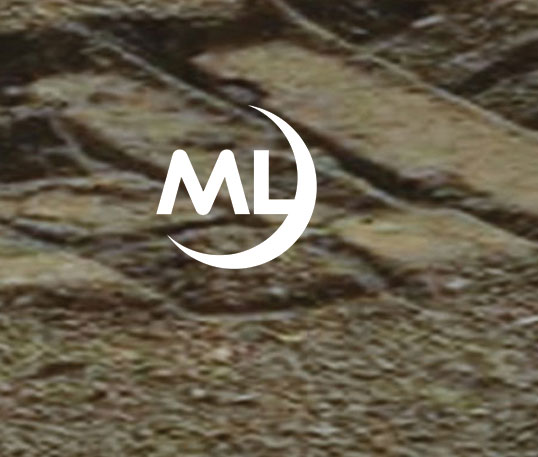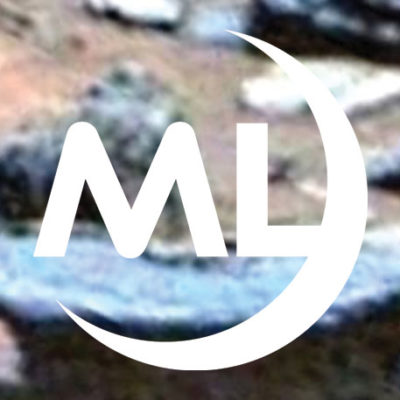Description
Extreme environments
The discovery of “Wurm” thriving in a fissure with water. Which was neither extreme in temperature nor depleted of O2 concentration. This raised the question as to why only complex organisms were found.
Where it began
An extreme and relentless 12- year continuous-study campaign was executed on the surface of Mars. As a result, our team focused on capturing other life forms from water flowing in fractures and subsurface soil. The modified Mars Exploration rover served to trap images for the Mars Life HD team.
Picture magnification
For the first time, digital picture technology was used to capture footage of the unique biosphere environment accessed via rover tracks. Where many organisms similar to “Wurm” reside inside the subsurface soil. This technique was extended to other areas on Mars. Where the rover cameras could be used with the Rock Abration Tool (RAT) tool to churn up soil samples. As soon as (RAT) was deployed, an organism appeared mere inches away from the NASA – JPL rover. Our findings from NASA images held up when we used an x 45 zoom magnification on multiple SOL’s on Mars.
Chemical and microbial analysis of the fissure water, hydrated sulphates. Now that – evidence of past presence of liquid water concentration are present. Additionally, measuring and combining extensive control sampling by NASA. Not only, around fractures and subsurface soil water. In order to establish the indigenous nature of the specimens recently discovered on Mars.
Going underground for life
We had a limited amount of rover images containing tracks with increased soil distribution. By studying images from Curiosity, the Mars Life HD team noticed similarities between recently broken subsurface soil. We assert the discovery of a deep fissure organism, “Wurm”, which could be protozoan. We first visually reviewed It appears to promote an arbitrary separation. The team added of “animal-like“ form, “plant-like” existence, reminiscent of “primitive, or original animals”. In the same manner, previous calculations of life on Mars, if any. In this case, this study suggests that food availability is universal. For one thing, O2 or CO2, is not a limiting factor for population growth. Picture footage shows two types of organisms growing in the subsurface soil and rock face. Certainly, with a detailed picture collection of these organisms establishes that this site is where the organisms reside.
This would be subsurface life
The discovery of a complex group of interacting organisms in the subsurface soil indicates the biosphere on Mars is larger than previously determined and is significant for the search for life. These findings suggest that best scenario for sustaining life on Mars would be in the subsurface soil.






Reviews
There are no reviews yet.